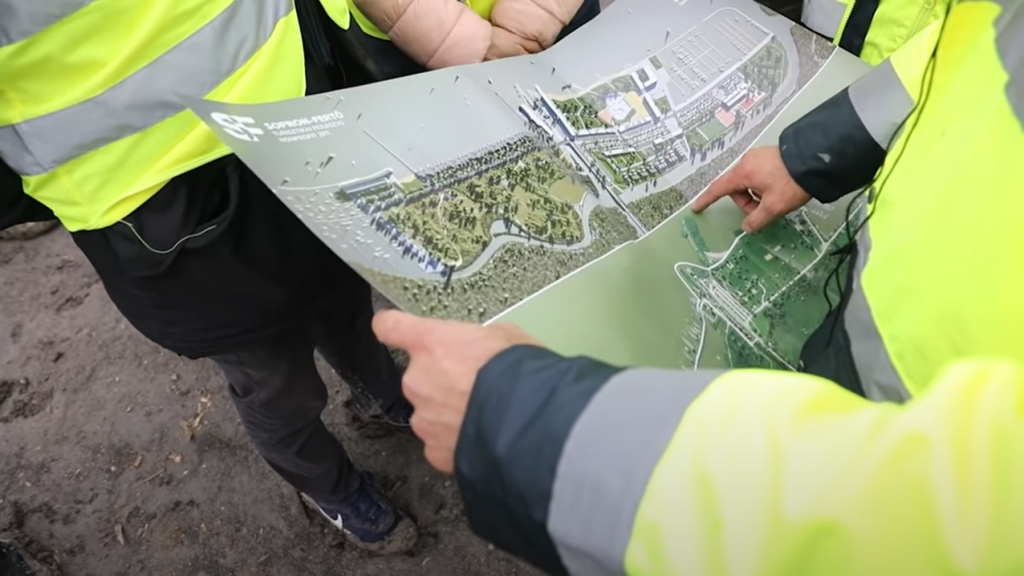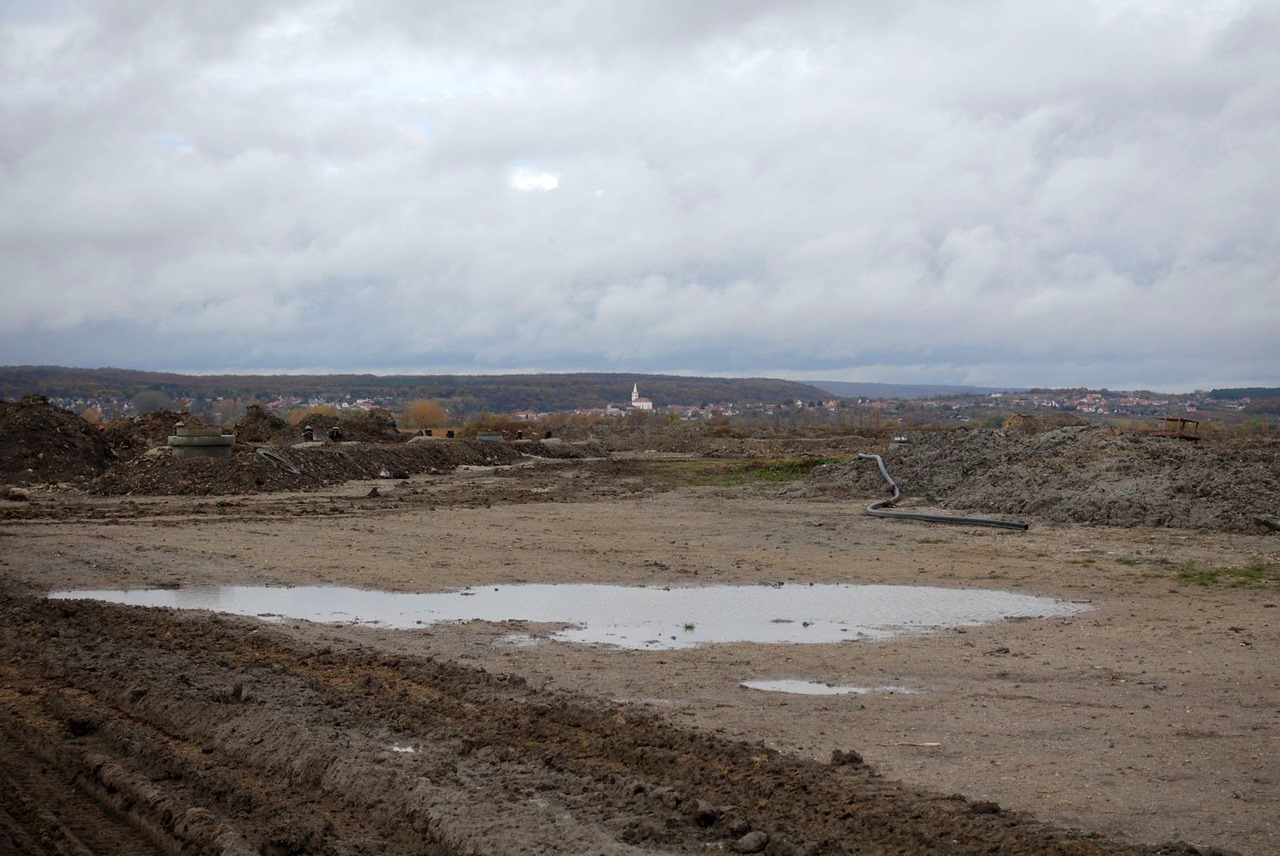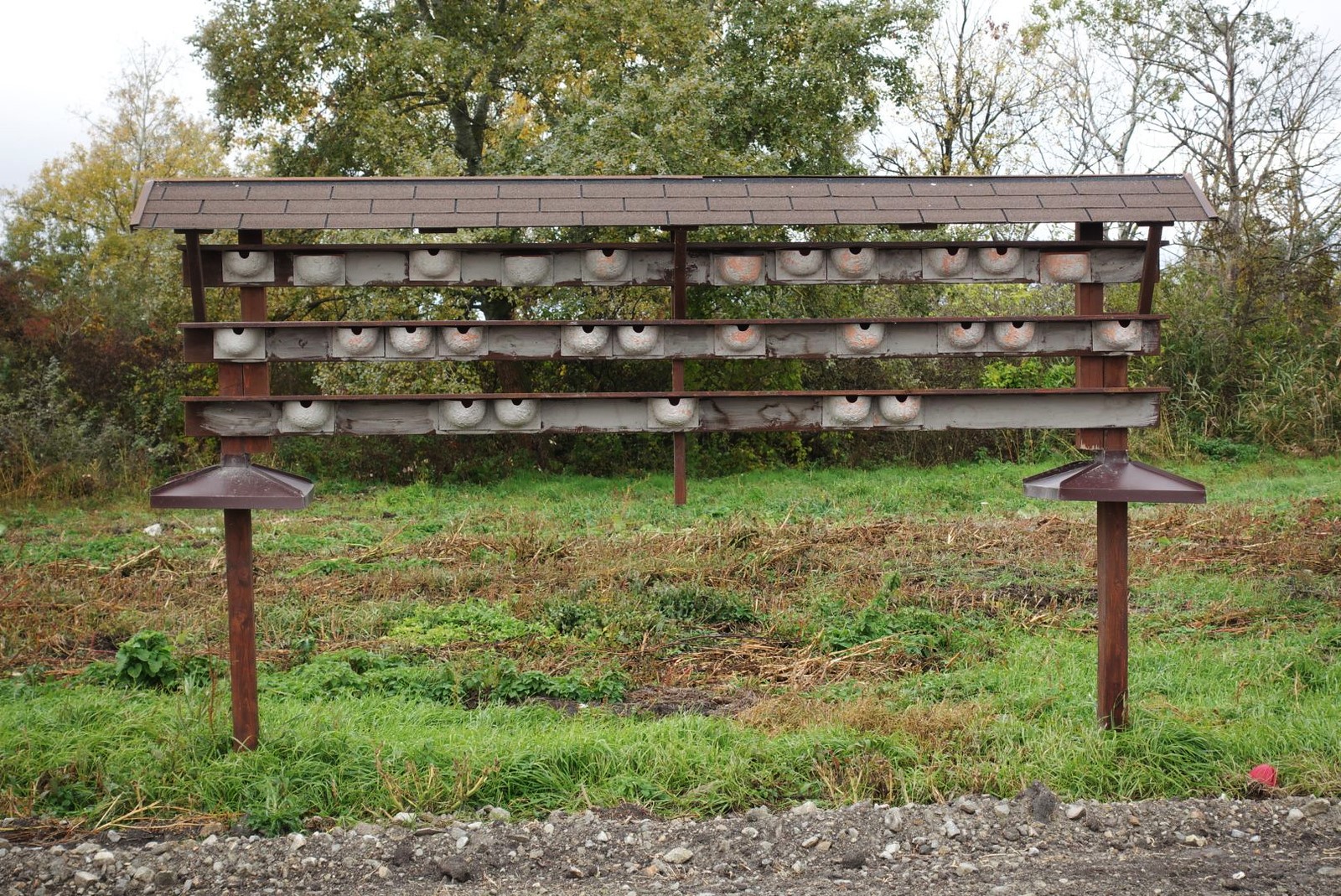The https://english.atlatszo.hu use cookies to track and profile customers such as action tags and pixel tracking on our website to assist our marketing. On our website we use technical, analytical, marketing and preference cookies. These are necessary for our site to work properly and to give us inforamation about how our site is used. See Cookies Policy
UNESCO-protected area in a national park is destroyed for a state funded luxury investment
Following visits by fishing clubs, winegrowers and school groups, finally a member of parliament was also allowed onto the construction site at Lake Fertő in early November. As we reported, the head of the state-owned company managing the project accompanied Olivio Kocsis-Cake on the tour of the project, which is being carried out with taxpayers’ money and which Hungarian and international organisations have called a destruction of nature. The member of parliament and his crew made and published a video of the visit, which Greenpeace and the Friends of Lake Fertő Association experts told Átlátszó: the incompetence of the company director was shown by the number of unprofessional, incorrect and misleading things he said to the politician.
In 2019 we reported that in 2016 the Hungarian government decided to spend 7.9 billion HUF (24.3 million EUR) on a touristic development project by Lake Fertő, which is a is a world heritage area managed by Hungary and Austria together, but the Hungarian government did not inform neither the neighbouring country, nor UNESCO about what is coming.

Lake Fertő closed for construction – locals protest the tourism megaproject in the protected area
Hungary is going to spend HUF 23 billion (70.7 million EUR) on the construction of a new visitor center on the Hungarian shore of Lake Fertő (Neusiedlersee) on the Austrian-Hungarian border. The beach is already closed at Fertőrákos, restaurants and boat companies have been kicked out.
This summer the construction and demolition continued and the last wooden house on stilts had been dismantled.
Recently, the state-owned company Sopron-Fertő Tourist Development Nonprofit Zrt. (Sopron-Fertő Zrt.), that manages the project denied access to the construction site on Lake Fertő to a Member of Parliament and a local councillor. Olivio Kocsis-Cake (politician from the Hungarian opposition party, Párbeszéd) was finally granted access to the lakeside project in November, after speaking in parliament. He was accompanied on the visit by the head of the company. Sopron-Fertő Zrt. would have also sent to jail the environmental activists of Greenpeace, who protested against the project in June.
Information full of errors and misstatements
According to the unedited video of the meeting, the environmental experts we interviewed believe that the information the MEP received from the head of Sopron-Fertő Zrt. (Sopron-Fertő Tourism Development Non-profit Ltd) is full of errors, misstatements and double talk. “There were never any sand martins (bank swallows) living here”- said Katalin Rodics, Greenpeace expert, in response to a question from Átlátszó, one of the mistakes made by the head of the Sopron-Fertő Tourism Development Non-profit Ltd. In the video, Béla Kárpáti says that “the sand martins are back” and that “a sand martin lane is being created”. According to Greenpeace’s agricultural campaign officer, this is not the species of swallows that nest on Lake Fertő.
Katalin Rodics also said that Béla Kárpáti’s claim that the area to be developed will have the same amount of green space as before – is not true.
According to the Greenpeace expert, this is a lie, because the parts not paved with concrete and paving stones will not be left in their natural state, as the reeds have been cleared. The manager claims that the construction work is being constantly monitored by biomonitoring. Rodics also doubts this. Greenpeace has previously unsuccessfully asked the Minister of Agriculture to allow them to see these monitoring protocols.
“They are completely destroying this natural area”
The Greenpeace expert also pointed out that phrases such as “it is a nature conservation goal to get the sludge out of the lake” – in itself indicates the attitude of the company’s management towards nature conservation, its unpreparedness. Rodics explained: “Maybe the swallows were the most spectacular, but the whole habitat was valuable, including the mud, which was full of organisms and forms the basis of a whole food chain. It’s also called the Fertő because it’s a marshy area, not just open water, and because it’s muddy.”
According to Kárpáti, there was a social demand for the development of Lake Fertő. Greenpeace’s expert, on the other hand, recalls that the whole project has been accompanied by local protests from the very beginning. The CEO says of the destroyed swallow nests that the “swallow hotel they built is great” and that the birds “come back to feed”. But the fact is that no swallows have nested in the hotels they have put up.
Renovation was needed, not a major investment
According to Rodics, Kárpáti’s statements about the cruise boats and the harbour (i.e. that the harbour is of average size) are not correct, and his claim that “the project is in the national park’s designated tourist area” is also inaccurate. “Yes, the refurbishing of the former beach was originally planned, but in the end a much larger area was added and destroyed. What argument has the CEO put forward to justify building a 100 room 4 star hotel and apartment blocks directly on the waterfront?”
There are already plenty of hotels in the area, and the region has already served the tourist needs well. The beach could indeed have done with some renovation, according to the locals, but not by destroying such a large area and creating a huge building complex.
The reference to previous damaging construction work on the Austrian part of the lake is also wrong: according to the Greenpeace expert, it took place before the area was declared a national park. According to Katalin Rodics, the planned water supply to the lake (from the Mosoni-Duna) is not a good idea either, because of the special composition of the water in Lake Fertő.
The conservationist summed up her opinion of the visit by saying that “the national park is not a tourist centre, it is there to protect the wildlife without disturbing it”. In Rodics’s opinion, it is particularly outrageous that, at a time of worsening climate and ecological crisis, anyone should even consider filling up lakes, building a hotel and a marina for hundreds of people on the shore, which will be a huge burden and will seriously damage the wildlife there. “We should finally accept that nature is a value in itself, that it is the basis of our lives, and not try to profit from it even more.”
Questionable truthfulness of information
“The head of the Sopron-Fertő Zrt. misled and misinformed the MEP who visited the project with questionable statements and thus prevented him from doing his job properly,”
– said Zoltán Kun, a nature conservation expert and one of the founders of the Friends of Lake Fertő Association, based on a video of the visit.
The expert told Átlátszó that the head of Sopron-Fertő Zrt. is wrong or misleading when he tells the MP who is visiting the project that there will be no problem with the water supply to the canal. Instead, Kun said, the truth is that at the last World Heritage meeting – on 10 October – both the Hungarian and Austrian sides acknowledged that there were problems with the water level of Lake Fertő.
Zoltán Kun said: “instead of preserving and presenting natural values, the national park is being used merely as a backdrop for a large-scale project involving a tennis court, sports centre and hotel.”
Regarding the clearing of the reedbed, the expert pointed out that Kárpáti is right that the reedbed is not a specially protected or Natura 2000 site, but added: “of course, a reedbed can be specially protected if it has a value in an area that is important to protect (e.g. because of the birds nesting in it or the reptiles and amphibians that live and breed there). In other words, the manager is slip-sliding and misleading.” Zoltán Kun pointed out.
Lawsuit over the development of Lake Fertő
For over a year, the Friends of Lake Fertő Association has been trying to draw attention to the harmful consequences of a multi-billion public investment project. Zoltán Kun filed a complaint with the European Commission’s Directorate-General for the Environment because he believes that the environmental impact assessment on which the Fertő Lake construction permits were based was prepared in breach of the law. In his view, the project, should not have been authorised because it would affect highly protected plant and animal species.
Politically connected construction projects are destroying Hungary’s lakesides – NGOs fight back
Nearly 13 hectares of grass and reed will be covered with concrete and paving stones if the hotel, apartment building and sports complex planned for the shores of Lake Fertő are built.
Greenpeace Hungary Association has sued the Győr-Moson-Sopron County Government Office, which issued the environmental permit for the Lake Fertő project. In the lawsuit, the environmental protection organisation lists at length which animal species are (and have already been) harmed by the investment. Greenpeace has asked the court to annul the amendment to the environmental permit for the Lake Fertő project.
Written and translated by Gabriella Horn. The original, Hungarian version of this article can be found here.
Support independent investigative journalism in Hungary, become a patron of Atlatszo on Patreon!




